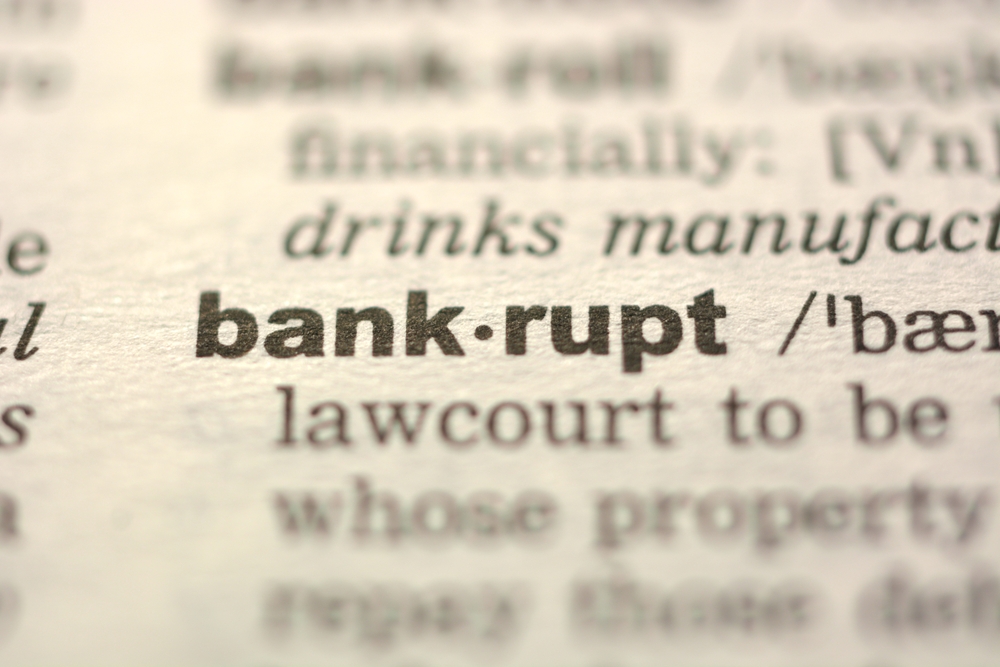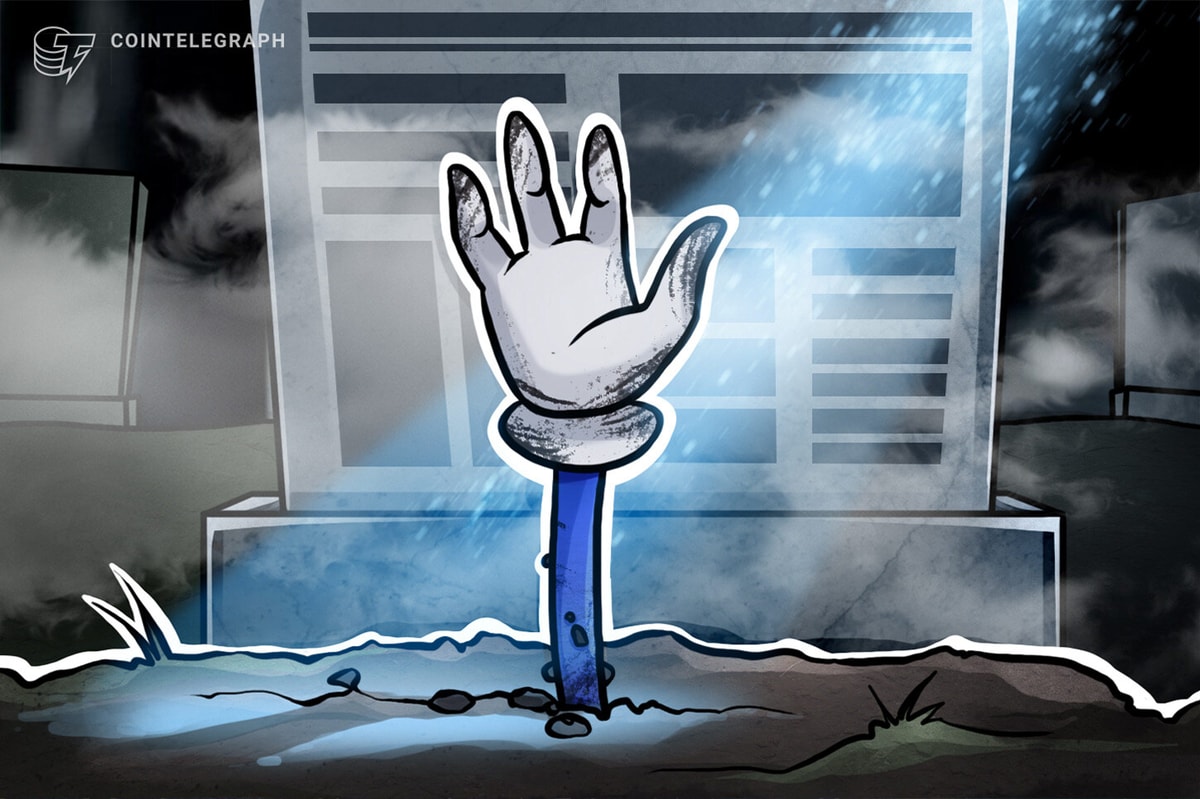Whether we like it or not, the Progressive Era and its mainstream historical interpretation—even when fictional—has virtually defined our last century. The dominant, though false, narrative is basically that unfettered free market capitalism led to negative outcomes, “robber barons” monopolized the market to their benefit, and that disinterested federal regulation brought discipline to this system, keeping its benefits while curbing its excesses. For that reason, among others, entrepreneurs and businesses have been maligned, even as society enjoyed their benefits.
Thankfully, important historical work has been done to attempt to correct the dominant narrative. One such work is Burton Fulsom’s The Myth of the Robber Barons: A New Look at the Rise of Big Business in America. This work—rather than relying on popular, but inaccurate, historical narratives—examines the contributions of several key American entrepreneurs. Unfortunately, rather than learning positively from real-life examples of successful entrepreneurs and the dangers of government interventions and cronyism, “many historians have been teaching the opposite lesson for years” (p. 121). Fulsom continues,
They have been saying that entrepreneurs, not the state, created the problem. Entrepreneurs, according to these historians, were often “robber barons” who corrupted politics and made fortunes bilking the public. In this view, government intervention in the economy was needed to save the public from greedy businessmen. This view, with some modifications, still dominates in college textbooks in American history. (pp. 121-122)
Crucially, Fulsom makes the useful distinctions between “political entrepreneurs” and “market entrepreneurs” (p. 1):
Those who tried to succeed in [business] through federal aid, pools, vote buying, or stock speculation we will classify as political entrepreneurs. Those who tried to succeed in [business] primarily by creating and marketing a superior product at a low cost we will classify as market entrepreneurs.
This distinction is critical because it qualitatively differentiates those who succeed through the production-and-exchange mechanism and those who use the political means and cronyism to gain wealth at the expense of the public. One example, though imperfect, is the main subject of this article—James J. Hill and his Great Northern transcontinental railroad.
James J. Hill—Historiography and Biography
Surprisingly, even at Mises.org, James J. Hill does not already have an entire article dedicated to him and his entrepreneurship. The Myth of the Robber Barons and James J. Hill have been referenced and mentioned several times—by Patrick Newman in a recent lecture on the railroads and his editor’s footnote in Rothbard’s Progressive Era, by Tom Woods in a lecture on the robber barons, by Tom DiLorenzo in How Capitalism Saved America (chapter 7) and an article on the robber barons.
This article does not intend to be a biography of Hill, rather the first installment in a celebratory retelling of his market entrepreneurship despite the crony context in which he operated. That said, there are several resources for history on Hill’s life. For a brief audio biography of Hill, listen to “James J. Hill: The Empire Builder” on YouTube (less than an hour). Additionally, there is James J. Hill and the Opening of the Northwest by Albro Martin (1976), James J. Hill: Empire Builder of the Northwest by Michael P. Malone (1996), and James J. Hill’s own autobiography, Highways of Progress (1910). Larry Schweikart’s The Entrepreneurial Adventure (2000) also has a section on Hill (pp. 152-158). And, of course, there is also chapter two of The Myth of the Robber Barons (with useful footnotes included).
By way of brief biographical information, James J. Hill (1838-1916) was a Canadian-born American railroad executive and entrepreneur known as the “Empire Builder” for his pivotal role in expanding the American Northwest. After growing up poor and blind in one eye, Hill eventually transformed regional freight and transportation through strategic acquisitions and efficient management, culminating in the creation of the Great Northern Railway—the only transcontinental line built without public funds. Hill had learned about the transportation business while working for a shipping company, then he and a group of Canadian investors purchased a bankrupt railroad in St. Paul, Minnesota in 1878 (nicknamed “Hill’s Folly”). His business model emphasized low costs, high efficiency, the shortest routes and lowest grades, peaceful land acquisition through negotiation and purchase, competitive rates and discounts, and the development of industries and communities along his routes.
Railroads and the Crony Context
Rothbard noted, “Railroads were the first Big Business, the first large-scale industry, in America.” As such, the crony history of the railroads is key to Hill’s role and story. Rothbard continued, “It is therefore not surprising that railroads were the first industry to receive massive government subsidies, the first to try to form substantial cartels to restrict competition, and the first to be regulated by government.”
The 1850s “saw the beginnings of America’s epic story of rapid and remarkable growth,” with the railroads “leading the parade.” By 1860, the public had already contributed more than $250 million to railroads via the states. During the Civil War, with many Democrats absent from Congress, Congress passed the Pacific Railroad Acts of 1862 and 1864. The former created the Union Pacific Railroad (building west from Omaha) and the Central Pacific Railroad (building east from Sacramento) and the latter expanded the 1862 provisions, doubling land grants and increasing bond subsidies, effectively cementing the government-corporate alliance in railroad development. It also granted the companies greater borrowing privileges and leniency in repayment, inviting further speculation and corruption (as later exposed in the Crédit Mobilier scandal). The four federally-subsidized transcontinentals were Union Pacific (UP), Central Pacific (CP), Northern Pacific (NP), and Atchison, Topeka, and Santa Fe (Santa Fe). The main methods involved land grants in a checkerboard pattern and federal loans per mile of track.
Fulsom describes how historians—though often noting and criticizing some of the greed and corruption involved—have basically assumed that there was no other way to construct transcontinental railroads absent federal aid. John A. Garraty wrote in The American Nation: A History of the United States (p. 497), “Unless the government had been willing to build the transcontinental lines itself…some system of subsidy was essential.” But building a transcontinental railroad without subsidies is precisely what Hill did.
It ought to be further noted that, despite the cronyism, corruption, waste, economic dislocation, and other problems involved in the story of government-subsidized railroads, the railroad industry was still unable to successfully form monopolizing cartels at the expense of the consumer. Despite government intervention, a considerable level of market competition still prevented monopolization. Monopoly used to have a non-arbitrary definition: “‘grants of exclusive privilege’ by the government.” Economically and historically, the concept of “natural monopolies” is mythical, in fact, “When monopoly did appear, it was solely because of government intervention.” Over time, “monopoly” was redefined into arbitrariness (e.g., “big business,” firm size, market share, competitive practices, etc.) and true monopoly could be achieved in the name of opposition to monopoly. Historian Gabriel Kolko explains, “Ironically, contrary to the consensus of historians, it was not the existence of monopoly that caused the federal government to intervene in the economy, but the lack of it.”
This is why the railroads (and other businesses) favored government regulation—to monopolize the system and avoid market competition for their benefit at the expense of the consumer and the taxpayer. Writes Rothbard, “If the railroads could not form successful cartels by voluntary action, then they would have to get the government to do the job for them. Only government compulsion could sustain a successful cartel.” Historians have wrongly assumed that “the railroads opposed federal regulation.” On the contrary,
…the intervention of the federal government not only failed to damage the interests of the railroads, but was positively welcomed by them since the railroads never really had the power over the economy, and their own industry, often ascribed to them. Indeed, the railroads, not the farmers and shippers, were the most important single advocates of federal regulation from 1877 to 1916. Even when they frequently disagreed with the details of specific legislation, they always supported the principle of federal regulation as such. And as the period advances, this commitment to regulation grew ever stronger.
In order to establish stability and control over railroad rates and limit competition, many railroad men attempted to voluntarily form cartels—true robber barons! Kolko explains, “When these efforts failed, as they inevitably did, the railroad men turned to political solutions to rationalize their increasingly chaotic industry.” Ironically, yet predictably, the prior period of the waste, corruption, and inefficiency, driven by the cronyist government aid (at taxpayer expense), led to public calls for subsequent regulations which many railroads were all too happy to accept. Fulsom writes, “…[government] aid bred inefficiency; the inefficiency created consumer wrath; the consumer wrath led to government regulation;…” (p. 22). Further,
A final hidden cost of subsidizing railroads is seen in the mass of lawmaking, much of it harmful, all of it time-consuming, that state legislatures, Congress, and the Supreme Court did after watching the UP, CP, and NP in action. The publicizing of shoddy construction, the Credit Mobilier scandal, rate manipulating, and bankrupt health spas angered consumers; and angry consumers pestered their Congressmen to regulate the railroads. Much of the regulating, however, had unintended consequences and made the situation worse. (p. 32)
The main problem of the government-sponsored and subsidized railroads is that they were funded by government loans and land grants instead of private savings. For that reason, such railroads were not bound by profit and loss and could not engage in economic calculation. Further, the public funds provided to such companies and the resources used by them had to be taxed, borrowed, or printed away from the private-productive sector to construct a railroad. Thus, we would expect waste, corruption, economic dislocation, and cronyism, which is the story of the subsidized railroads.
While the rush for subsidies was taking place among the above-mentioned railroads, Hill was building a transcontinental railroad from St. Paul to Seattle with no federal aid whatsoever. Hill is also the only American transcontinental railroad builder to never go bankrupt. Though it took more time, Hill cut costs and found the shortest route, with the best grade and least curvature.
Since congressmen wanted the road built quickly, in a perfect example of perverse economic incentives, each railroad line was given twenty alternate sections of land for each mile of track completed. Further, they paid loans by the mile: $16,000 for each mile of track laid on flat prairie land; $32,000 per mile for hilly terrain; $48,000 through the mountains. Fulsom writes (pp. 18, 19),
The UP and CP, then, would compete for government largess. The line that built the most miles would get the most cash and land…. The two lines spent little time choosing routes; they just laid track and cashed in….
…. Since they were being paid by the mile, they sometimes built winding, circuitous roads to collect for more mileage. For construction they used cheap and light wrought iron rails, soon to be outmoded by Bessemer rails….
The rush for subsidies caused other building problems, too. Nebraska winters were long and hard; but since [Grenville] Dodge was in a hurry, he laid track on the ice and snow anyway. Naturally the line had to be rebuilt in the spring. What was worse, unanticipated spring flooding along the Loup fork of the Platte River washed out rails, bridges, and telephone poles, doing at least $50,000 damage the first year. No wonder some observers estimated the actual building cost at almost three times what it should have been.
By pushing rail lines through unsettled land, the transcontinentals invited Indian attacks, which caused the loss of hundreds of lives and further ran up the cost of building…. The government [i.e., the taxpayer] paid the costs of sending extra troops along the line to help protect it.
Even after completion and celebration of the first transcontinental railroads, many of the lines had to be rebuilt because of shoddy construction. Many were astonished at the cost of construction. Even Grenville Dodge—Union general, civil engineer, and chief engineer of Union Pacific, responsible for supervising much of its construction—admitted, “I never saw so much needless waste in building railroads. Our own construction department has been inefficient.”
In stark contrast, James J. Hill successfully built a transcontinental that served consumers peacefully, inexpensively, profitably, and without any taxpayer expense. While space does not permit the full explication of Hill’s entrepreneurial success relative to the political entrepreneurs, we can conclude here with Hill’s own view regarding the role of government in railroads (January 9, 1893),
The government should not furnish capital to these companies, in addition to their enormous land subsidies, to enable them to conduct their business in competition with enterprises that have received no aid from the public treasury. Our own line in the North, which protects the International Boundary line for a distance of 1600 miles,…was built without any government aid, even the right of way, through hundreds of miles of public lands, being paid in cash.



























